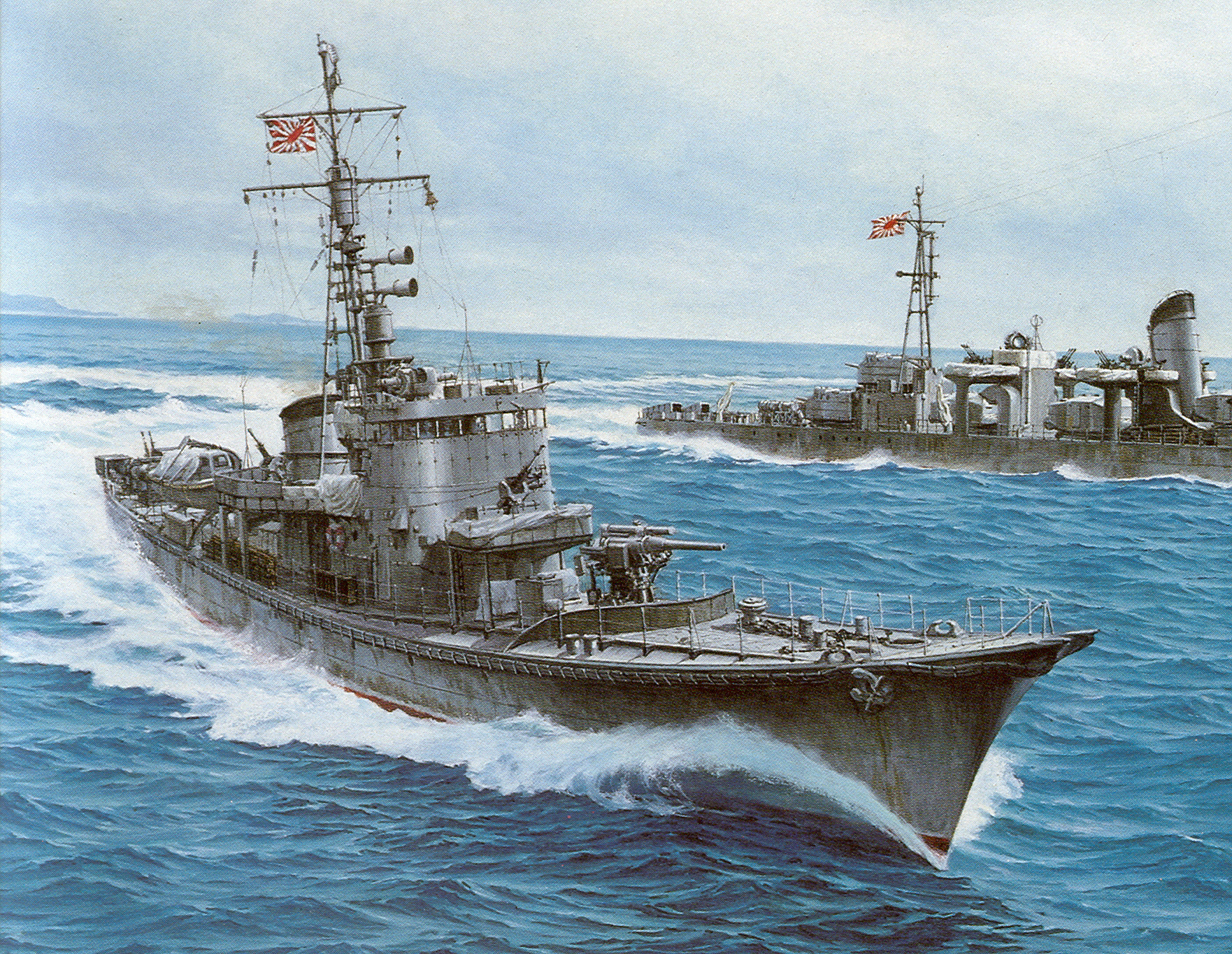

|
|
CH-4
(revised 2/12/21) |
CH-13
(revised 3/12/16) |
CH-28 (revised
12/22/17) |

Bob Hackett is a military historian and researcher. Retired from the United States Air Force and later from the aerospace industry, he resides in the United States.
Sander Kingsepp, a native of Estonia, is also a military historian and researcher. A talented linguist, Sander's translations of Japanese source materials have greatly enhanced these TROMs.
Peter Cundall is a maritime historian and researcher who specializes in merchant ships. He works in the maritime industry and resides in Australia.
Questions to the authors concerning these TROMs should be posted on the Discussion and Questions board.

